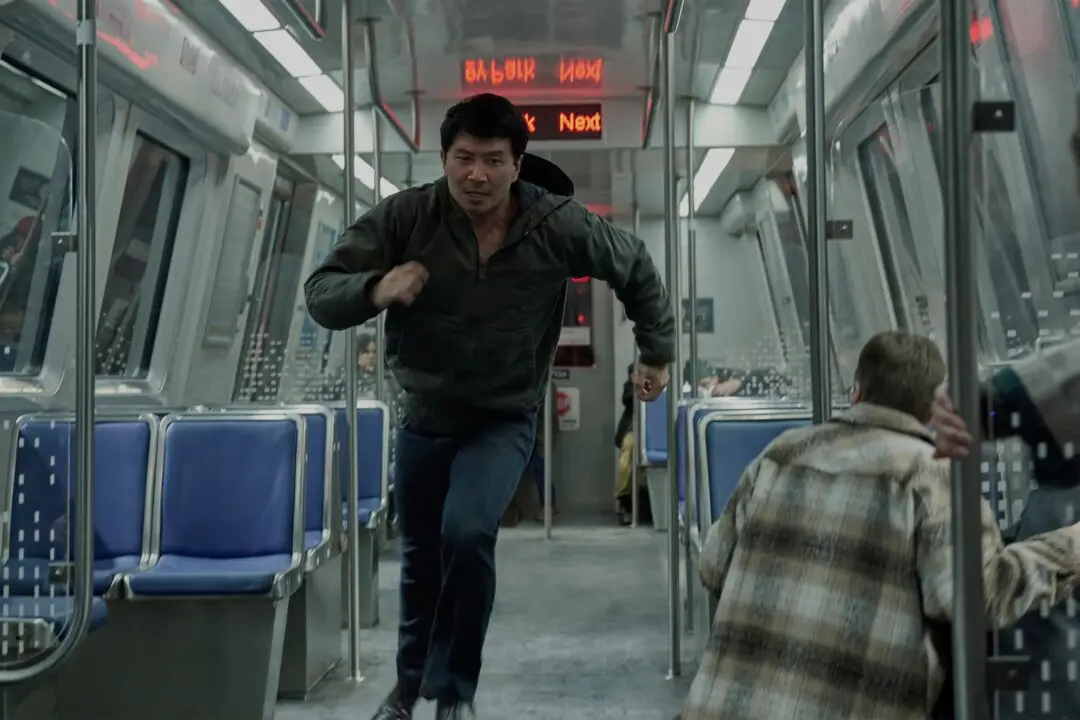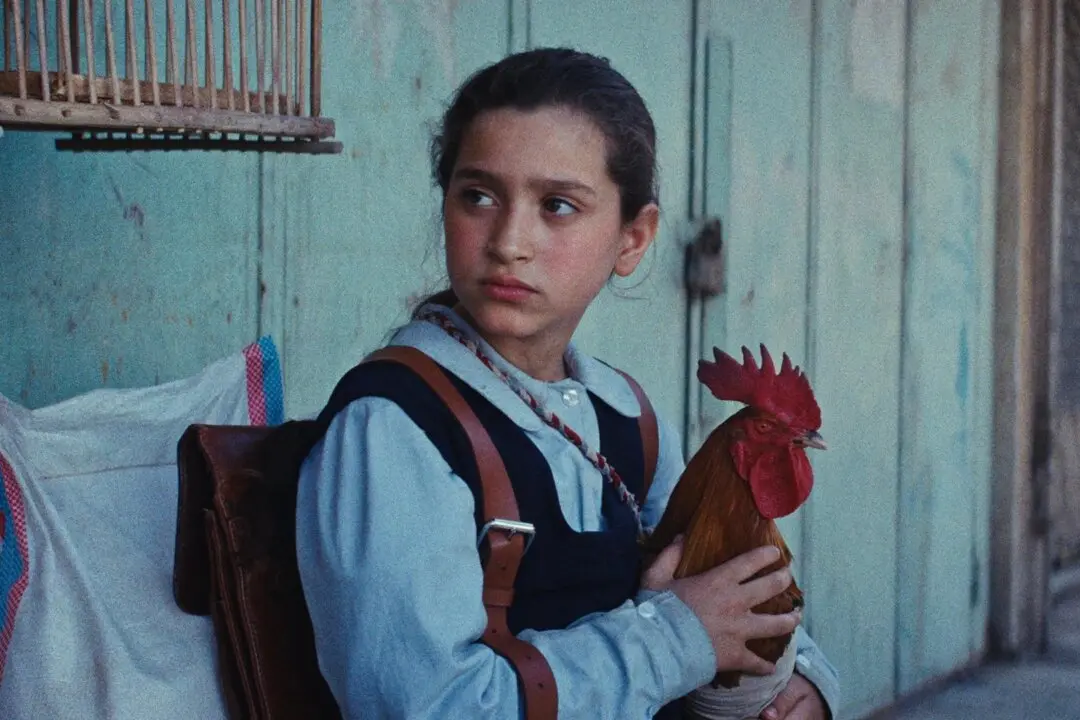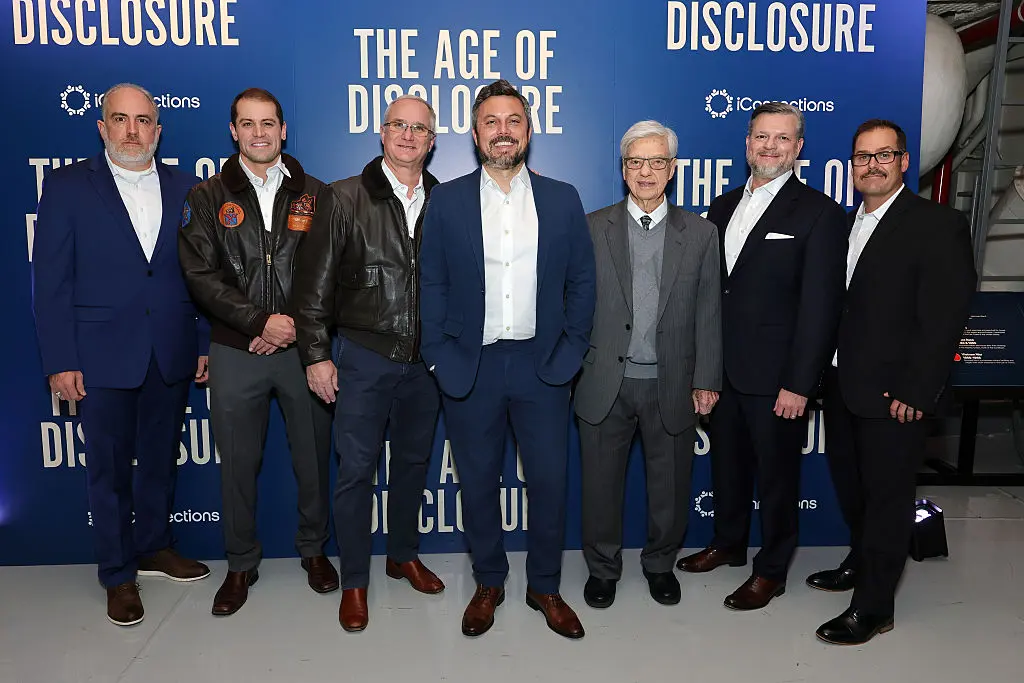The opening lyrics of the Ukrainian National Anthem make a fitting commencement for any film on the Euromaidan demonstrations and the subsequent Russian aggression:
“Ukraine’s glory has not yet perished, nor has her freedom. Upon us fellow patriots, fate shall smile once more.”
Let’s be frank; most of the media now considers Ukraine’s freedom a lost cause, and the lame duck administration no longer has anything to say on the issue. Yet, when the Ukrainians unite in common purpose, they are a resilient force.
Sergei Loznitsa captures his countrymen’s collective spirit in the direct cinema documentary “Maidan.”
Kyiv’s central city square is currently known as Maidan Nezalezhnosti, or Independence Square. It was previously known as Soviet Square, Kalinin Square (in honor of Stalin loyalist Mikhail Kalinin), and the Square of the October Revolution—and it might be so renamed again if deposed President Viktor Yanukovych and his Russian masters have their way.
In late 2013, outraged Ukrainians took to the square, protesting Yanukovych’s decision to reject an association agreement with the EU, in accordance with Moscow’s wishes. Protests did indeed erupt in Maidan, the scene of many Orange Revolution demonstrations following Yanukovych’s suspect election in 2004, but it was far from the “pogrom” Putin suggested. Loznitsa has the footage to prove it.
In a way, it is too bad the Euromaidan movement advocates freedom and closer ties with the West, because Loznitsa’s documentary could have been the greatest socialist film ever made. Arguably, no other film so powerfully conveys the spirit of collective action and a sense of individuals dedicating themselves to a larger cause. There are many long takes and wide-angle crowd shots, but Loznitsa and his fellow cameraman Serhiy Stefan Stetsenko capture the tenor of the time quite viscerally.




